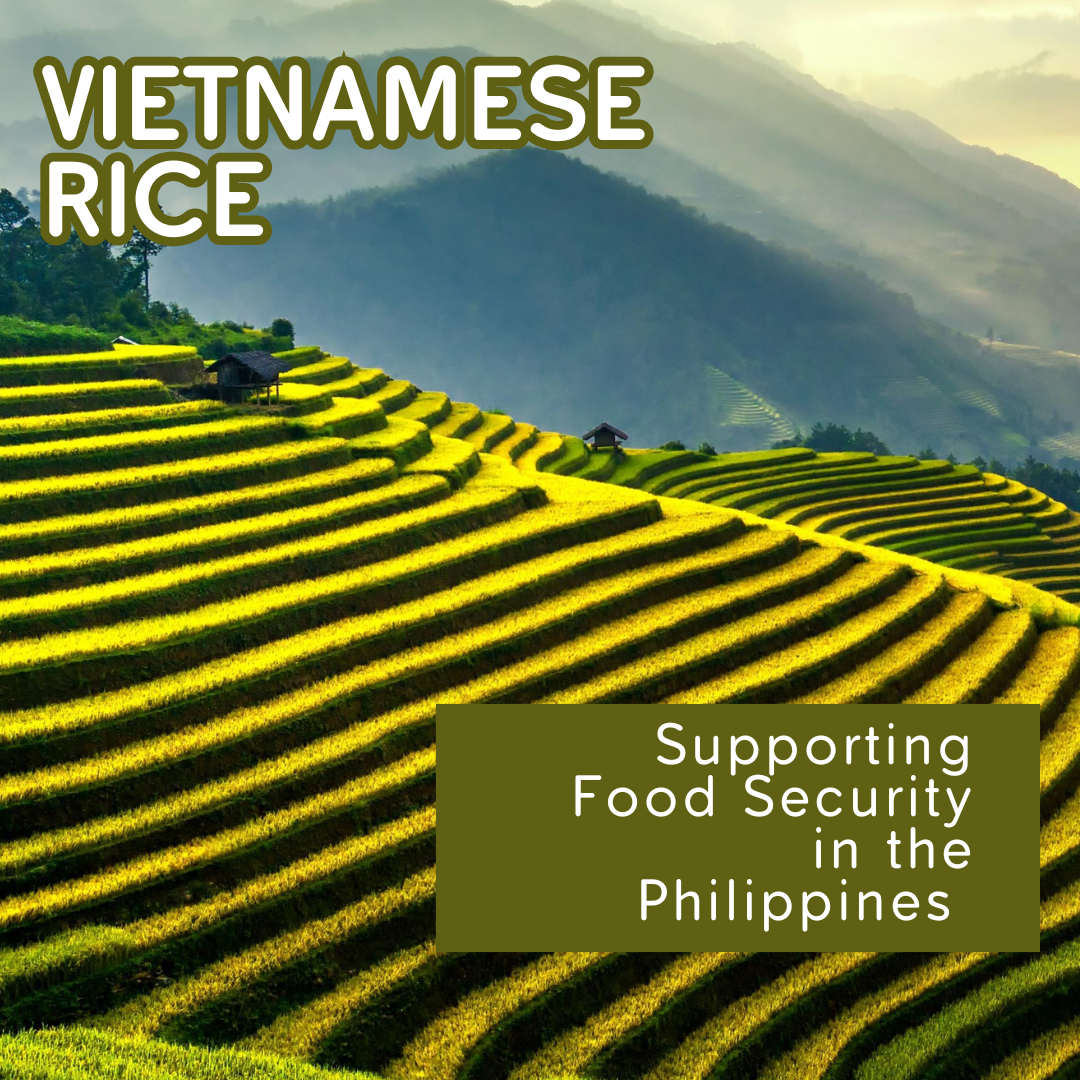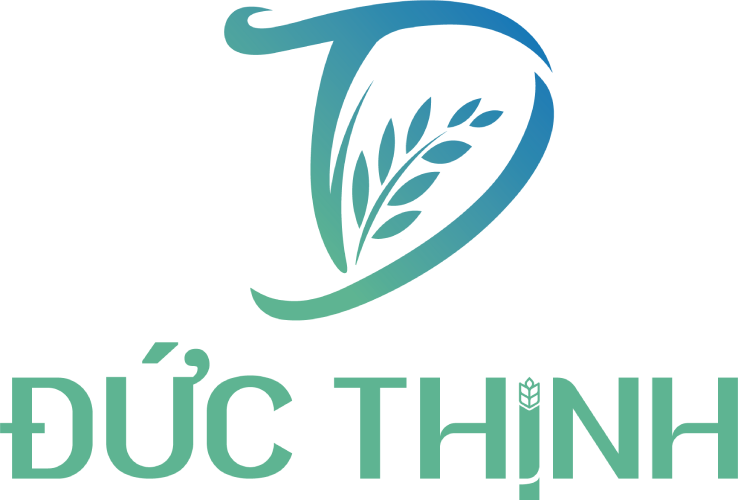Why Vietnamese Rice is a Top Choice for Global Markets | Duc Thinh Rice

Why Vietnamese Rice is a Top Choice for Global Markets
Introduction
Vietnamese rice has become a global favorite, known for its exceptional quality, diverse varieties, and competitive pricing. As one of the world’s largest rice exporters, Vietnam plays a vital role in ensuring global food security while catering to the growing demand for premium and sustainable agricultural products. This article explores why Vietnamese rice is a top choice for international markets.
1. Exceptional Quality and Diversity
Vietnam offers a wide range of rice varieties tailored to meet the needs of diverse markets:
- ST25 Rice: Recognized as the “World’s Best Rice,” it boasts a unique aroma, soft texture, and high nutritional value.
- Jasmine Rice: Fragrant, fluffy, and ideal for high-end markets in the Middle East and Europe.
- OM5451 and Other Varieties: Affordable and versatile options catering to bulk buyers in Africa and Southeast Asia.
The consistent quality of Vietnamese rice is maintained through modern farming techniques and advanced processing methods.
2. Competitive Pricing
Vietnamese rice is competitively priced due to the country’s efficient production and export systems:
- Economies of Scale: Large-scale farming and cooperative systems reduce production costs.
- Government Support: Policies such as tax incentives and trade agreements help exporters offer competitive pricing in international markets.
Affordable yet high-quality rice gives Vietnam an edge over competitors like Thailand and India.
3. Sustainability in Production
Global buyers increasingly value sustainability, and Vietnam is meeting this demand by adopting eco-friendly farming practices:
- Water-Saving Irrigation: Modern techniques reduce water usage while maintaining high yields.
- Organic Rice Farming: The rise of organic rice production appeals to health-conscious and environmentally aware consumers.
- Low Carbon Emissions: Efforts to lower emissions in cultivation and transportation align with global sustainability goals.
4. Strategic Market Expansion
Vietnam’s rice industry continues to expand into key international markets:
- Africa: A growing middle class and increasing urbanization create significant demand for affordable Vietnamese rice.
- Middle East: Premium varieties like Jasmine Rice are highly favored for their quality and fragrance.
- Europe: Trade agreements like EVFTA (EU-Vietnam Free Trade Agreement) allow Vietnamese rice to access European markets with reduced tariffs.
5. Strong Branding and Global Reputation
Vietnamese rice is not just a product but a symbol of quality and trust:
- International Recognition: Winning awards like “World’s Best Rice” has elevated Vietnam’s reputation.
- Consistent Supply: Reliable production and timely exports ensure that Vietnam is a trusted partner for global buyers.
Conclusion
Vietnamese rice stands out in global markets for its quality, affordability, sustainability, and reliability. Whether it’s premium varieties like ST25 or affordable options for bulk buyers, Vietnam’s rice industry continues to thrive and meet the evolving needs of international consumers. As global demand grows, Vietnamese rice remains a top choice for importers worldwide.
